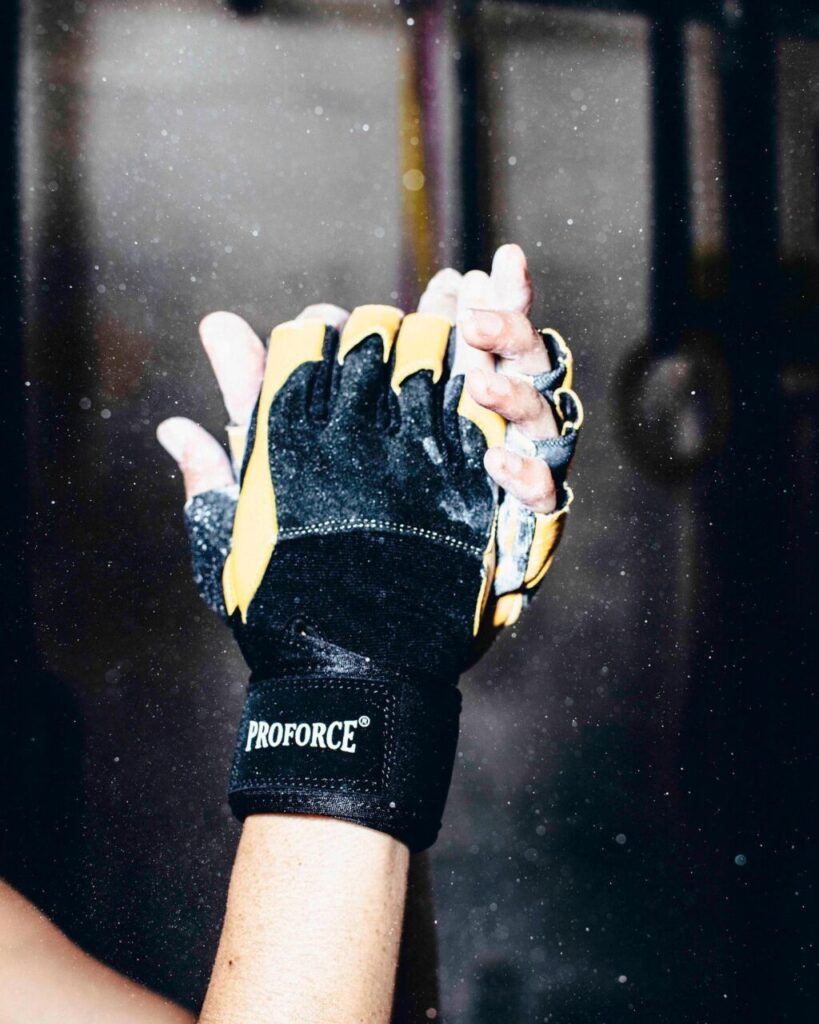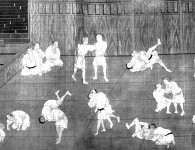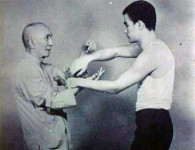
If you train in martial arts, chances are that you’re going to get hurt at some point. Which makes learning how to properly recover from injury an important martial arts technique.
Like any physical activity, martial arts training and martial arts competition come with a certain degree of risk. No matter how careful and respectful we are when we practice, spar, and compete in martial arts, accidents can still happen. So can overtraining issues and chronic overuse injuries. And trying to power through serious pain or injury will only makes things worse in the long run.
If you really want to learn how to strengthen your mind and body for martial arts, you also have to learn how to heal them. Here are six steps to help you properly recover from injury and return to your martial arts training feeling stronger, healthier and more motivated than ever before.
1. Don’t ignore the pain!
Overcoming adversity is an important part of martial arts, but that doesn’t mean that you should keep training or competing when you’re in pain! If you feel a sudden pain during class or competition, stop what you’re doing and tend to it. There will be other classes and other tournaments. But you only get one body. Consult a medical professional at your soonest opportunity to see what’s going on and what to do next.
Not all injuries are sudden, so it’s also important to keep an eye on how you’re feeling day to day. If you’re starting to notice a pattern of discomfort or pain in a certain area, it’s time to see the doctor about it.

2. Seek treatment. Follow doctor’s orders.
Once you know what kind of injury you’re dealing with, you can then learn what you’ll need to do for rehab and recovery. For more minor musculo-skeletal injuries, following the RICE (Rest, Ice Compress, Elevate) or POLICE (Protection, Rest, Ice, Compress, Elevate) protocol might be enough. More serious issues might require anything from physiotherapy to surgery. Whatever the case, it’s important to listen to your medical professionals and follow their guidance to the best of your abilities. Skipping out on rest time or physio workouts is only going to send you back to the doctor with a setback, or maybe even a new injury. Which will keep you away from martial arts training and martial arts competition even longer.

3. Cross-Train
If your doctor (and your coaches) approve it, you can find alternate forms of exercise to augment your martial arts performance while you’re taking time off from your regular martial arts training. If you’re nursing a foot injury, for example, taking mat-based Pilates classes could help you develop a stronger core and better breath control while staying off your feet. This has positive benefits for striking and grappling-based martial arts. Yoga can improve your flexibility, which is a huge plus for both martial arts performance and future injury prevention.
If you can’t physically train yet, that doesn’t mean you have to give up entirely. Injuries are a great time to focus on your mental game. Many martial artists have made exceptional gains in their skills and mindsets by observing classes, reading materials on their martial art, and taking some time to think about their greater martial arts journey.
4. Get the OK to go. Then start slow.
Once your doctor gives you the go head to return to martial arts — and your coach(es) agree you’re ready to return — it’s time to make your big comeback. But don’t expect everything to feel exactly the same immediately. And don’t rush it.
According to WebMD, “A good guideline is to start at about 50% of your “normal” level, and increase only 10% to 15% each week — assuming your symptoms don’t flare-up during or after each session.”
Most martial arts training already includes solid warm-ups and cool downs/stretching. But you might want to take some extra time on your own before and after class to more gradually ease your body into your martial arts routine until you feel more comfortable again. Talk to your doctor, physical therapist and/or coaches to see what they recommend.
This gradual return will help your body and brain get back into the swing of your regular martial arts training. And help to keep you from reinjuring yourself and having to go through the whole recovery process all over again.

5. Listen To Your Body
You probably won’t feel 100% when you first return to your martial arts training. And that’s OK! It’ll take a while to get back into martial arts shape and a little bit of discomfort is to be expected. But it’s important to know the difference between the normal wear and tear of getting back into the swing of something you haven’t been doing for a while and pain. If you’re a little out of breath during cardio or have delayed onset muscle soreness the day after training, you can work through that. If you have any troubling aches or serious pains — especially related to your recently repaired injury — it’s time to step back. If the pain doesn’t go away on its own, it’s time to check in with your doctor or physical therapist again.

6. Be patient!
It’s no fun being injured. It’s painful and frustrating. And getting back into your martial arts training routine always takes more time than we want it to. But you’ll get there. And you’ll stay there a lot longer if you’re responsible about your recovery. In the meantime, be kind to yourself as well as your healing body! Having a healthy attitude toward setbacks is an important part of being a martial artist, too.




















